A home is not built with brick and stone. It comes to life when all the little details stand out. Home builders know that, and so some of the best home builders in the market continually focus on the details to create stunning homes for first-time buyers as well as seasoned real estate investors.
We speak from experience after BluEnt has been curating libraries of the best woodworking across the US for over two decades. That’s why we bring to you a short but sweet list that will knock the socks off any potential buyer. Keep reading.
A significant section under the millwork and molding category, a decorative wood trim may be just what a house needs. Decorative wood moldings are a great way to add character and elegance to homes.
Many different types of moldings are available, each with its unique look and style. From crown molding to door and window casings to Dado Rails, several options are available in the market. Let’s get started.
Table of Contents:
Introduction to Wood Molding
Wood Molding is a decorative plane or curved strip used for ornamentation and finishing. Woodworkers use it to add aesthetically attractive elements to projects.
Trims Vs. Molds
While trim and mold are often used interchangeably, they are separate. Trim refers to the material surrounding doors and windows and that covering the seams of adjoining surfaces such as a wall and ceiling.
A mold pertains to the design of the trim. It is possible to have plain trims that do not have a mold.
Basics of Wood Molding
Wood Molding Profile
Wood Molding Profile comes in a number of shapes, sizes, and designs. The most common ones include crown molding, baseboard, casing, and window and door trim.
Material
Material used in wood molding is usually pine, poplar, oak, maple, etc.
Installation
Proper installation is extremely crucial for its appearance and durability. Using the right tools and techniques ensures a smooth and professional finish.
Design
Wood molding enhances the architectural design and character of a place. To further accentuate the look and feel, different profiles can be combined to create a customized look.
The 5 Best Types of Wood Molding
You’re spoilt for choice when it comes to wood moldings. There are many types with various purposes, from scotia to decorative to coving to quadrants.
Scotia
It can act as the finishing touch to wooden flooring. Other than that, it can also disguise gaps or rough joins, if any.
Decorative
Many people go for decorative molding, as it can add a classic charm to any space. There are various types of decorative moldings, such as broken ogee, panel molding, dado, cover mold, and reed mold.
Coving
Great for concealing medium-density fiberboard (MDF), sheet materials, and chipboard edges, Coving is particularly useful for worktops and shelves.
Quadrants
Can cover up expansion gaps or act as decorative molding. Popular types of wood for this include oak, light hardwood, pine, and red hardwood. Quadrants can be stained, painted, or varnished to suit the desired or existing interior decoration.
Wood moldings are generally manufactured using oak, MDF, or pine. Non-wooden moldings often contain polyvinyl chloride (PVC) or aluminum.
Like any other woodwork, wood molding will require proper care and maintenance. However, the benefits can be well worth it, including a higher resale value. To help ensure this, millwork shop drawings (like the one pictured below) are used. These help streamline the process and achieve accuracy.
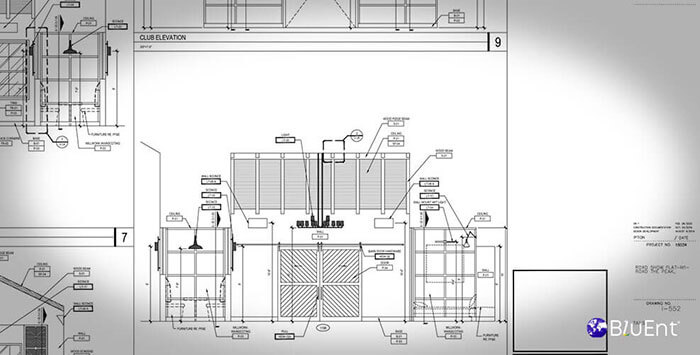
1. Window & Door Casings (Trim)
- This molding is used on door frames and windows to cover up gaps.
- There are many types of casings, but the width is usually two or three inches.
- Casings or trim can also protect plaster walls, particularly around interior doorways.
- Historically, casings were made of marble or other stone, but today, wood is the most popular material.
- Well-crafted trim or casing will offer a sense of enclosure and comfort.
- You can use casing in a “picture frame” style if you do not want sills.
Recommended Reading:
2.Corbels
Corbels are architectural elements that can be used for both exteriors and interiors. They are both embellished and load-bearing.
For interiors, corbels can support kitchen counters, wall shelves, mantelpieces, etc. They can also add subtle decorative touches. For example, in a minimalist kitchen, a corbel call provides a sense of warmth.
3. Skirting Boards or Baseboards
Baseboards hide the gaps between the walls and the floor. They are the kind of molding that runs along the bottoms of walls.
Note that the skirting and walls do not have to match. Baseboards can be used as design tools to draw the eye.
Crown molding and skirting do not have to match in width but should carry similar visual weight. Bear proportions in mind. For example, very slim skirtings would look awkward with large crown moldings.
- Baseboard styles can include flat, rounded, or ornate.
- Styles can also differ based on the country. For instance, in the UK, there are many styles and profiles available. However, in China, it is usually made of redwood or plastic and measures low in height. Its design is also usually unprofiled or simple.
- Skirting profiles tend to be named after the period or era in which they were developed, like Edwardian or Victorian.
- Baseboards can be varnished, painted, or stained to suit your clients’ tastes or existing décor. Some styles you can consider are chamfered, ogee, torus, and pencil round.
4. Wainscoting
Wainscotting covers a substantial portion of the lower part of the walls. Hence, it acts not only as protection but also as a style statement. They can be particularly useful in areas prone to scraping or scratches, such as corridors.
Much like baseboards, the wainscotting finish does not have to match the wall. Consequently, with proper color combination and design sense, it can make a sophisticated statement.
If you want to make your wainscoting more functional, you can add a shelf on the top, which can hold knick-knacks and add character.
5. Chair or Dado Rails
Chair rails prevent furniture from damaging walls. They can also serve a purely decorative function, such as acting as a divider between wallpaper and paint. Additionally, they can provide visual relief to single-color walls.
While chair rails can be installed at any height, they are usually installed 36 inches (approximately) from the floor. (Traditionally, they were fixed 24 inches from the floor.)
Other Popular Types of Wood Molding
The previous five types of wood molding are the most popular, but you can also take your pick from the following:
- Picture rail: Often used in tandem with crown molding. It is usually 1 or 2 inches wide and placed 7 to 9 feet above the floor. Picture rails allow picture frames to be hung without the need for nails to be driven into the wall.
- Decorative molding: If sophistication is what your client wants, these delicate moldings are ideal. They embellish ceiling surfaces and are especially well-suited to a more classical or formal interior. Similar molding trims can be used on a feature wall.
- Bead molding: A charming row of little symmetrical spheres, usually paired with dart, spindle, or leaf designs. It can be combined with crown molding or dado rail for decoration.
- Dentil molding: These include small, evenly spaced block patterns. They are often found in historic homes and buildings and tend to be paired with crown molding.
We hope this article has given you an insight into the types of wooden molding you can use for your clients, from wood trim accent walls to good old crown molding.
Like any woodwork, molding is best when paired with woodwork shop drawings. Furthermore, BluEntCAD collaborates with interior designers and millwork companies, casework companies, woodworking companies, custom furniture manufacturers, millwork manufacturing companies, signage manufacturers, interior designers, prefabricated home designers, and decks/fencing manufacturers to provide specialized millwork shop drawing services.
Browse our portfolio to see the breadth of the solutions other companies have already taken advantage of. If you’re ready for a successful millwork project with millwork shop drawing services, contact us now!


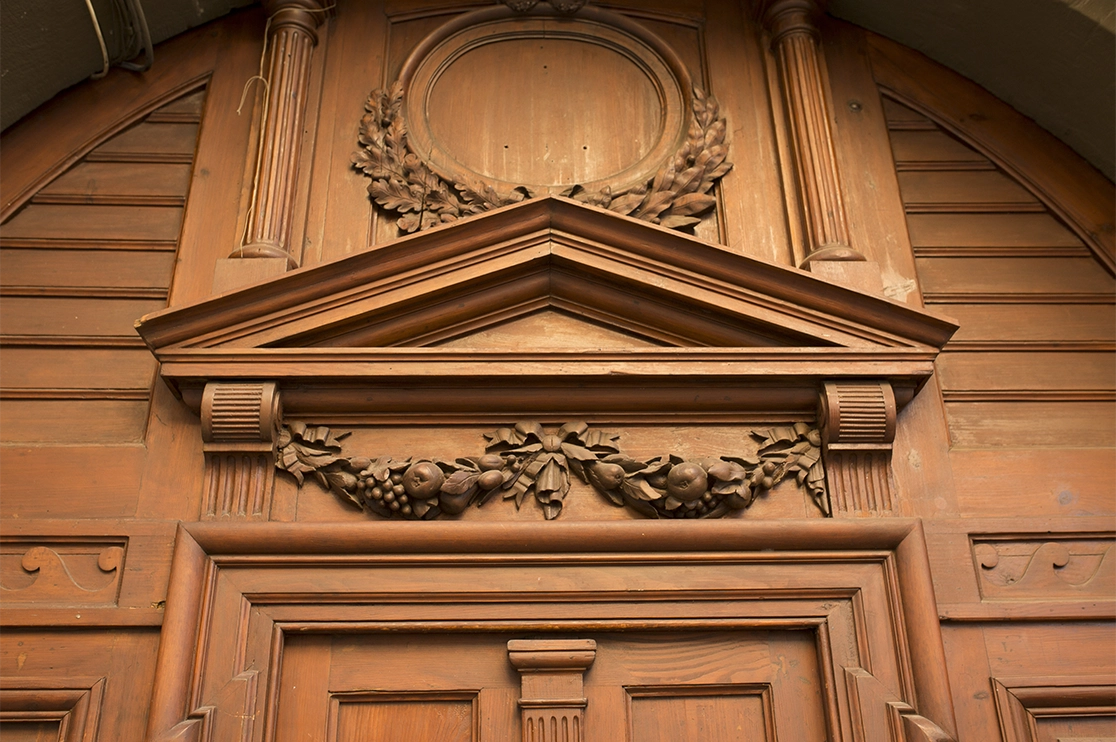

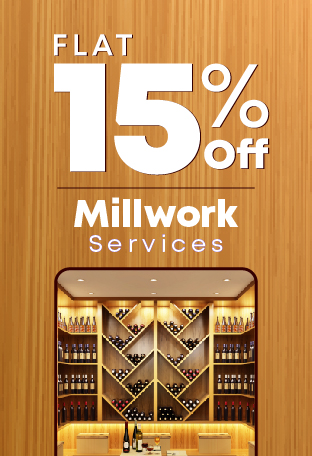


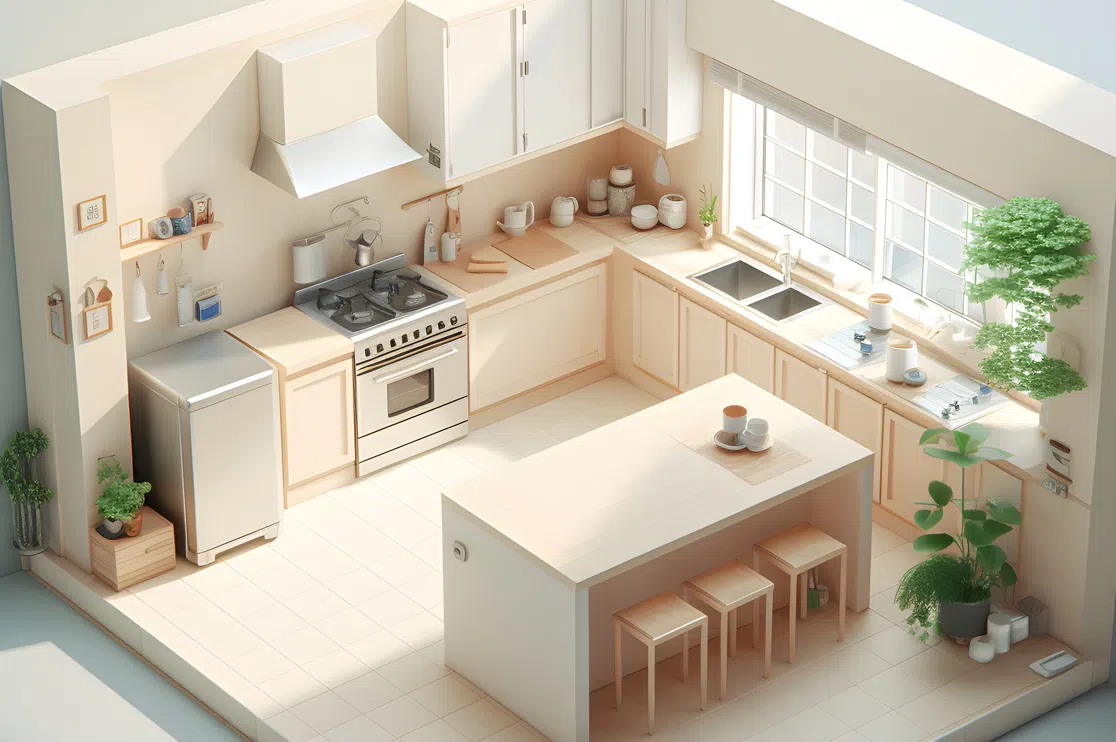 7 Stunning 3D Kitchen Design Ideas for a Perfect Remodel
7 Stunning 3D Kitchen Design Ideas for a Perfect Remodel 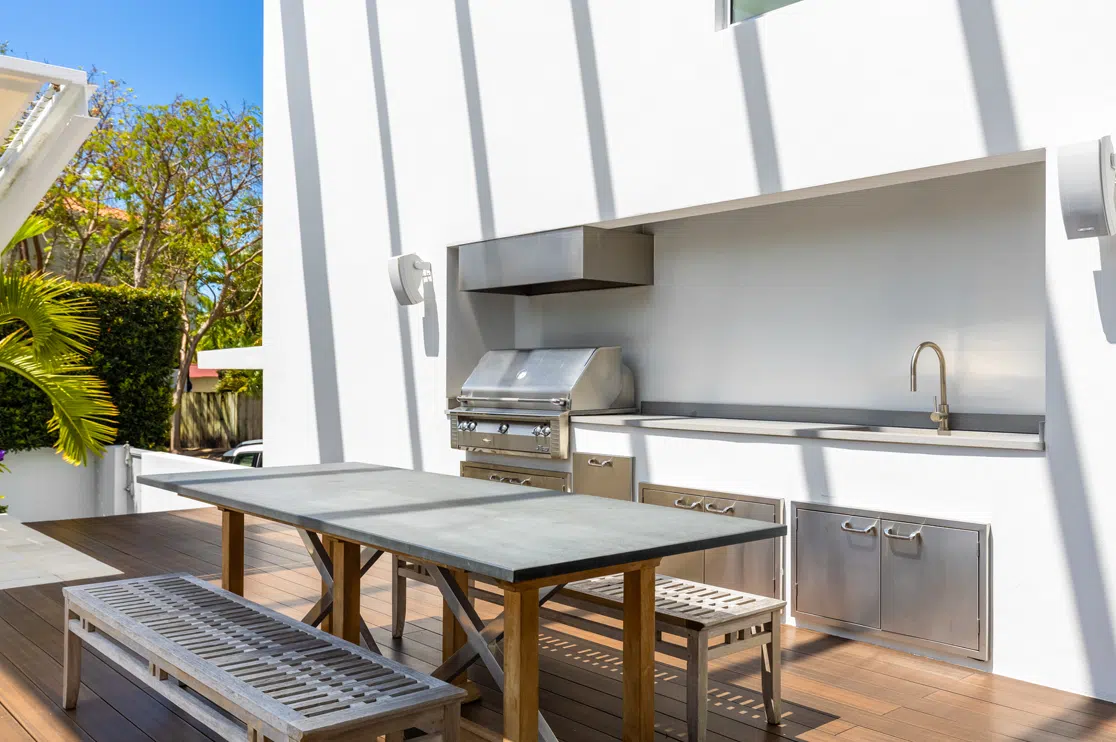 Outdoor Kitchen Designs and Cabinetry for Amenities Beyond Interiors
Outdoor Kitchen Designs and Cabinetry for Amenities Beyond Interiors 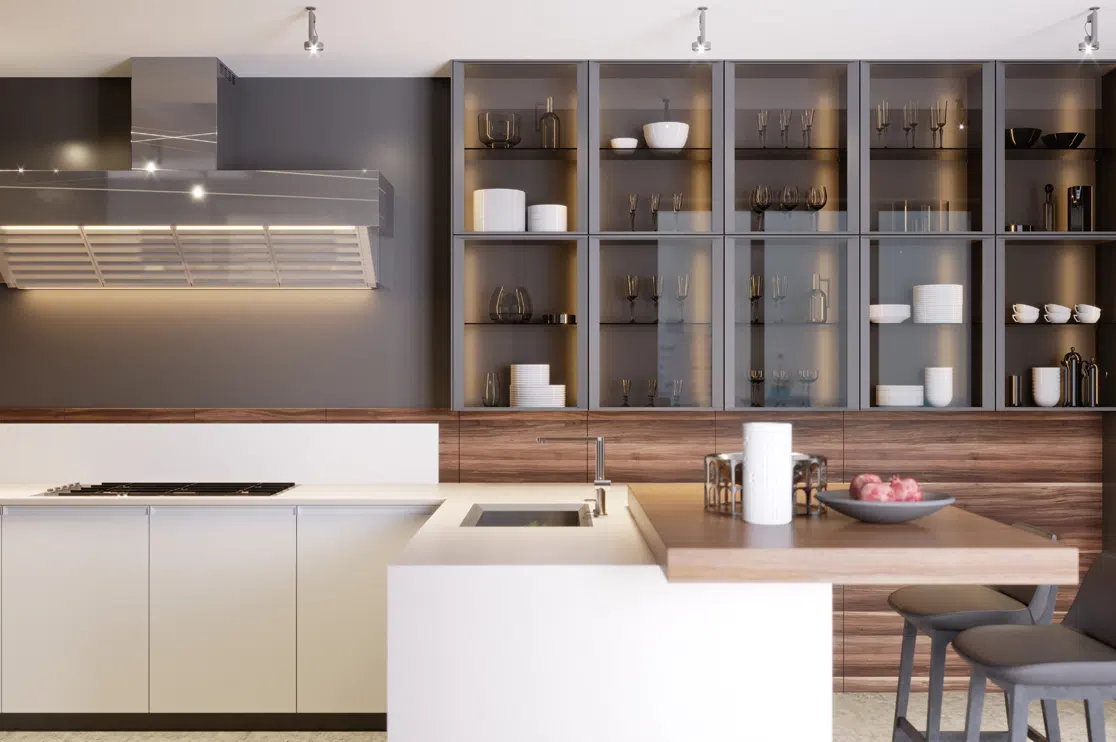 Kitchen Cabinet Trends Your Millwork Drafter Must Consider for Remodeling Projects
Kitchen Cabinet Trends Your Millwork Drafter Must Consider for Remodeling Projects 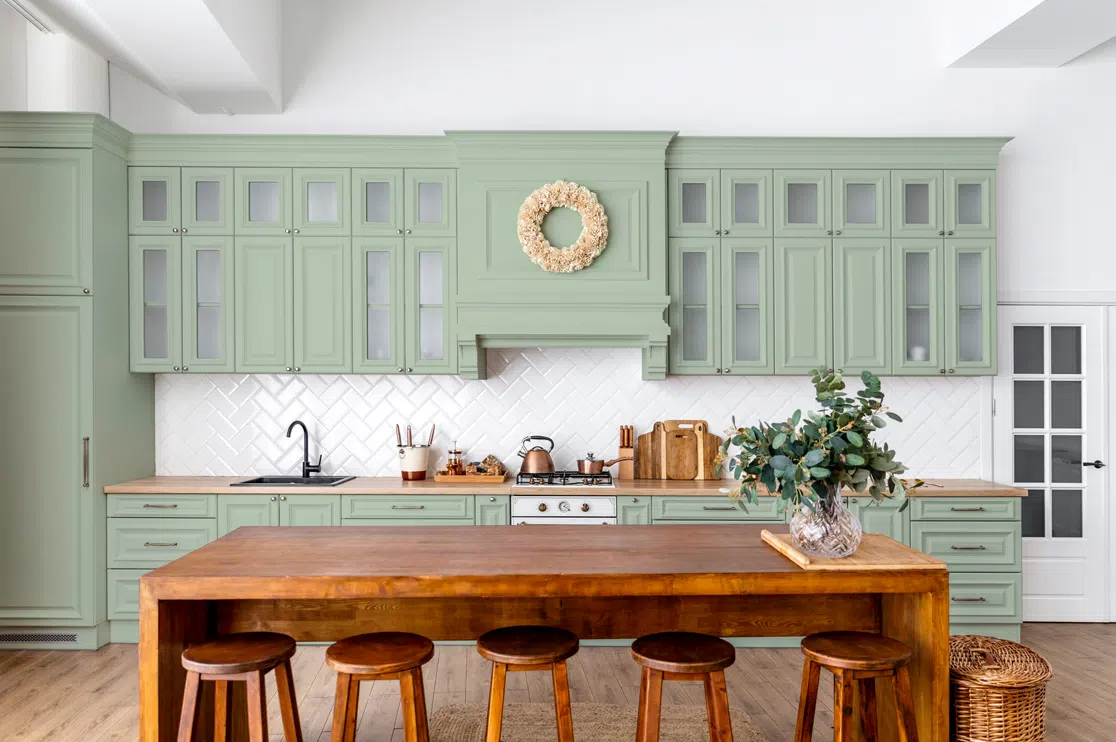 7 Kitchen Cabinet Grades for Remodeling
7 Kitchen Cabinet Grades for Remodeling